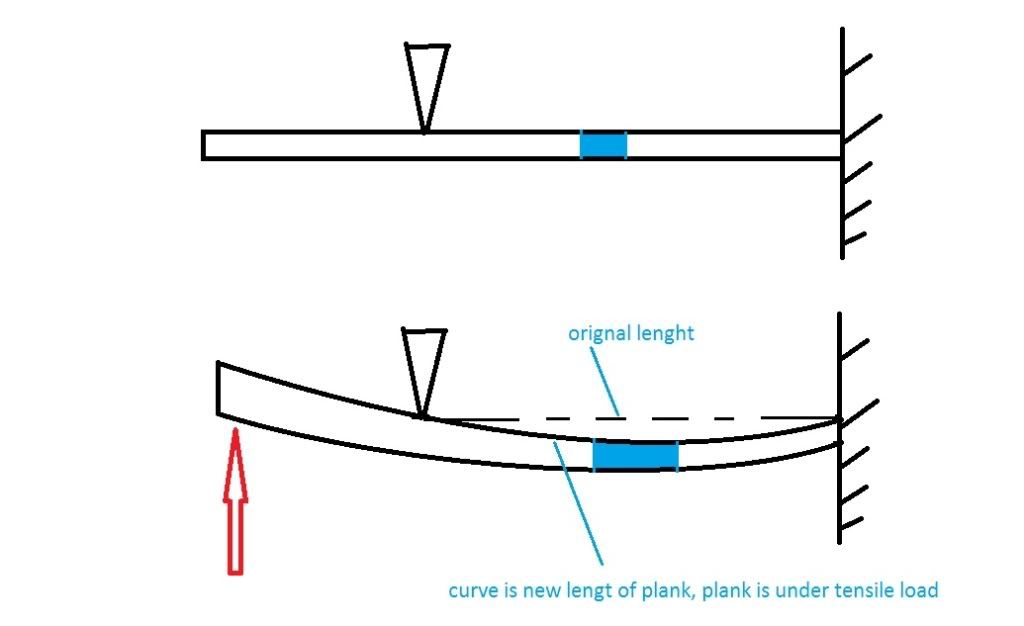timbo wrote:
You want to run diffuser as close to the ground as possible for as long as possible.
Yes.
It means that any system that would allow scraping without damaging the floor too much at the lowest speed possible.
No.
And i don't quite understand why you included lowest speed at the end of the sentence.
There is no reason for the floor to touch the ground, it does nothing.
The whole idea behind wearing the floor is that it progesively reduces the thickness of the plank so that the reference plane can be closer to the ground,
while at the same time not touching it.
One aspect of the rule is an attempt to prevent teams from wearing the plank so that the car can ride lower without touching the track.
Here is an example:
plank is 10mm thick and car's max down-force requires a 5mm ground clearance(5mm air gap to the ground).
This means the distance to the step plane from the ground is: 50 + 10 + 5 =
65mm
Now suppose a team purposely chose to wear the plank down by 2mm to ride lower.
Gap to ground will now be 50 +
8 + 5 =
63mm
Note that the air gap is not reduced but the car is brought closer to the ground still. That air gap must be maintained for max DF.
So wearing the floor is more about being able to bring the car closer.
This is only done with trick suspension.
Plank wear is a safety issue not performance. The rule removes a liberty that teams will exploit while at the same time embracing the risk that comes with that exploitation.
Scraping the ground is not necessary. Reducing the plank thickness so you can ride lower gives performance. If a team could scrape a plank to 2mm thickness over 40 laps then adjust suspension accordingly they would.
The see saw, admittedly by its supporters, reduces wear which has nothing to do any thing. Points are not handed out for reduced wear.
If it increased wear even more than normal, then it would have some use, as the car could ride lower without touching the ground.
So i am still waiting for the bullet points of what this thing is supposed to achieve in terms of lap time.
Does it work on the long straight in the braking zone?
It can't work in slow corners because the down-force is too low to press the car.
I only see it working on curbs. Nowhere else.
[youtube]
http://www.youtube.com/watch?v=pJKmSunup40[/youtube]
And if it's just curbs alone, then what does it do on the curbs?
make the car slide over easier?



